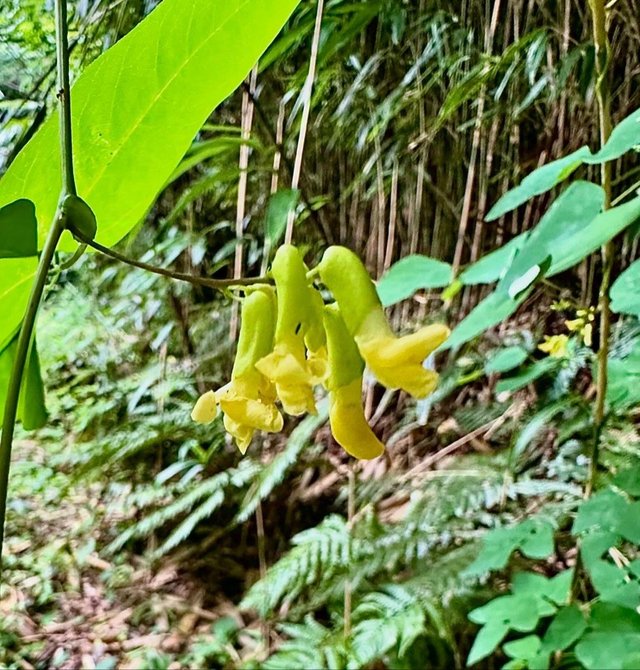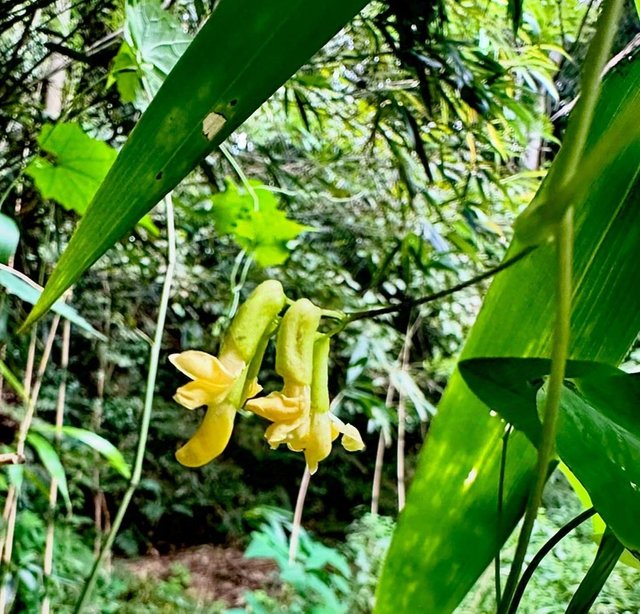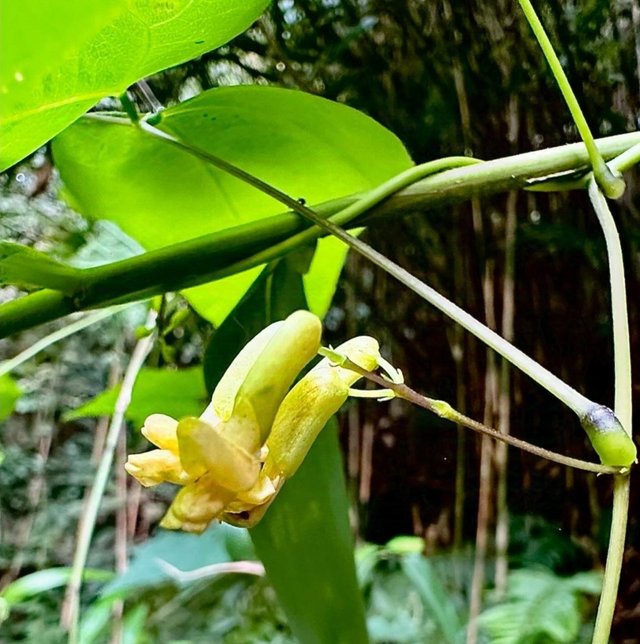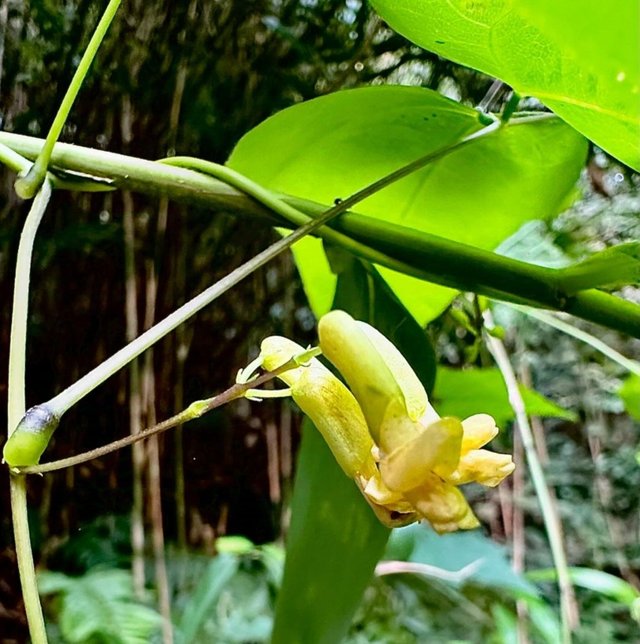Yellow Colour Dumasia Flower
"Dumasia" refers to the theory of a possible ancient supercontinent proposed by geophysicists. This concept stems from research suggesting that multiple continental masses came together, forming a large landmass in Earth's geological past. The name "Dumasia" has not gained the same recognition as older, more well-known supercontinents like Pangea, Rodinia, or Gondwana, but it represents a key part of ongoing scientific debates about Earth's tectonic history.
Understanding Supercontinents
Before diving into Dumasia, it's important to understand what supercontinents are. A supercontinent is a landmass that contains all or most of Earth's continental crust in a single, massive arrangement. Earth’s surface has undergone significant changes throughout history, with the plates of the Earth’s crust shifting and moving due to tectonic activity. This process, known as plate tectonics, has led to the cyclical formation and breaking apart of supercontinents.
Several supercontinents have been theorized to exist throughout Earth's 4.5-billion-year history. These include:Vaalbara – One of the earliest known supercontinents, dating back about 3.3–2.7 billion years.
Ur – A supercontinent thought to have formed around 3 billion years ago.
Kenorland – A proposed landmass that formed between 2.7–2.1 billion years ago.
Rodinia – Assembled about 1.1 billion years ago and broken up around 750 million years ago.
Pannotia – Formed roughly 600 million years ago, preceding the famous Pangea.




Thanks For Reading
Device Information
| Device | Redmi Note 10 Pro |
|---|---|
| Lens | 64 mp |
| Location | Bangladesh |
